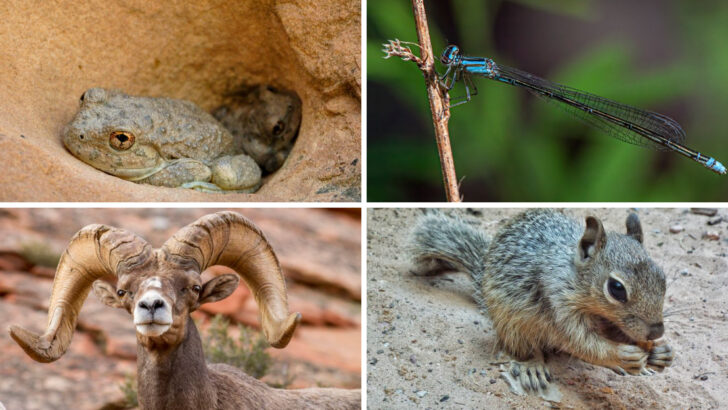Zion is not just a canyon—it’s a stage.
And the stars? Wild, untamed, and absolutely unforgettable.
This place isn’t just about red rock cliffs and soul-stirring views.
It’s where bighorn sheep balance like mountain gymnasts, where stealthy foxes slip through the brush, and where golden eagles cut through the sky like arrows.
Blink and you’ll miss it.
A blur of fur behind a bush.
A flash of hooves on a cliffside.
Zion’s wildlife knows how to make an entrance—and a fast exit.
You came for the hikes, but don’t be surprised if the real thrill is spotting something watching you back.
These animals aren’t background characters.
They’re the heartbeat of the park.
Ready to meet them? Let’s get wild.
Mountain Lion

The mountain lion, also known as the cougar, is a solitary and elusive predator. With its tawny coat and long tail, this majestic cat roams the rugged terrain of Zion National Park, primarily during the twilight hours. Mountain lions are expert hunters, relying on stealth and strength to capture their prey. While sightings are rare, the presence of paw prints or scat can signal their nearby presence. Visitors should be cautious and respect these magnificent creatures’ space. Did you know? Mountain lions can leap up to 15 feet in a single bound!
Bighorn Sheep

Bighorn sheep are a testament to nature’s adaptability. These incredible climbers navigate the steep cliffs of Zion with ease, thanks to their specialized hooves. Males, known as rams, sport large, curved horns used in dominance battles during mating season. Females, or ewes, have shorter, straighter horns. Observing these animals in their natural habitat is a thrilling experience. Their impressive agility allows them to evade predators and find food in seemingly inaccessible places. Fun fact: The sound of rams clashing horns can be heard echoing through the canyons during the autumn rut!
Rock Squirrel

The rock squirrel is a common sight in Zion, often spotted foraging near trails and picnic areas. These social creatures are known for their bushy tails and cheeky demeanor. Rock squirrels live in colonies and communicate through a complex system of vocalizations and body language. They are opportunistic feeders, consuming a diet of seeds, fruits, and even insects. While they may appear friendly, it’s important not to feed them, as this can disrupt their natural diet and behavior. Interesting tidbit: Rock squirrels have cheek pouches for storing food on the go!
California Condor
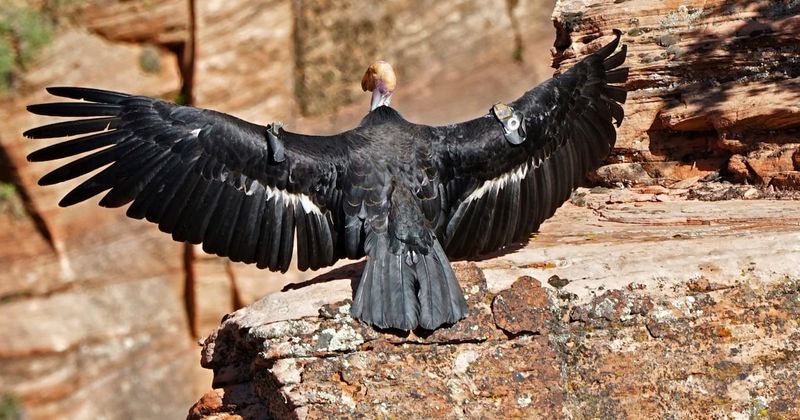
The California condor, one of the world’s largest flying birds, is a symbol of conservation success. With a wingspan of up to 9.5 feet, these majestic birds are a sight to behold. Reintroduced to Zion National Park as part of an intensive conservation effort, condors now grace the skies once more. These scavengers play a crucial role in the ecosystem by consuming carrion. Spotting a condor is a highlight for many visitors, as their numbers remain limited. A captivating fact: Condors can travel up to 150 miles in a single day searching for food!
Mule Deer

Mule deer are among the most frequently encountered mammals in Zion National Park. Recognizable by their large ears and black-tipped tails, these graceful creatures thrive in the park’s diverse habitats. Mule deer are most active during dawn and dusk, feeding on a variety of vegetation. They are social animals, often seen in small groups or herds. Visitors should give them space, especially during fawning season when mothers are particularly protective. Fun fact: Mule deer can bound in a unique, bouncing manner called ‘stotting’ to evade predators!
Western Rattlesnake
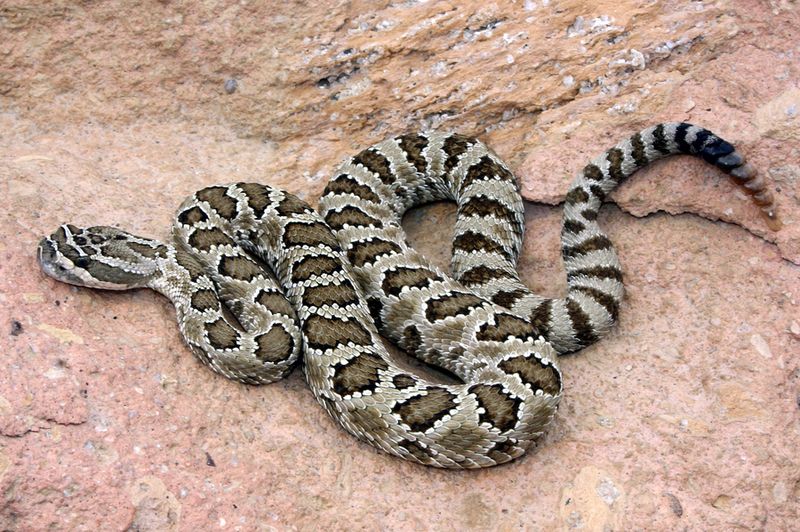
The western rattlesnake is both feared and revered in Zion. Sporting a distinctive rattle at the end of its tail, this venomous snake warns potential threats with its signature sound. Rattlesnakes primarily hunt small mammals and birds, using their venom to incapacitate prey. While encounters can be alarming, rattlesnakes generally prefer to avoid humans and will only strike if threatened. It’s crucial for hikers to remain vigilant and respect the snake’s space. Did you know? Rattlesnakes can replace their fangs multiple times throughout their lives!
Great Basin Gopher Snake
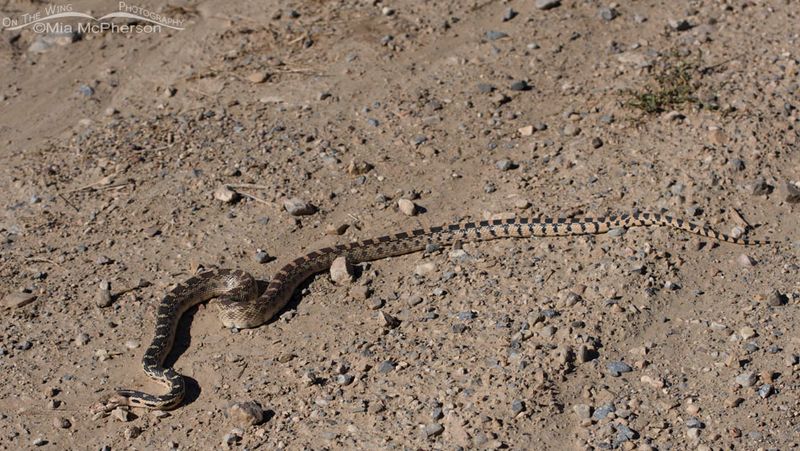
The Great Basin gopher snake is a master of mimicry. Often mistaken for a rattlesnake due to its similar coloring and defensive behavior, this non-venomous snake plays a significant role in controlling rodent populations. When threatened, it may hiss and mimic a rattlesnake’s rattle by vibrating its tail against dry vegetation. Despite its fearsome display, the gopher snake is harmless to humans and beneficial to the ecosystem. Fun fact: These snakes can grow up to 8 feet long, making them one of the largest snake species in the region!
Ringtail
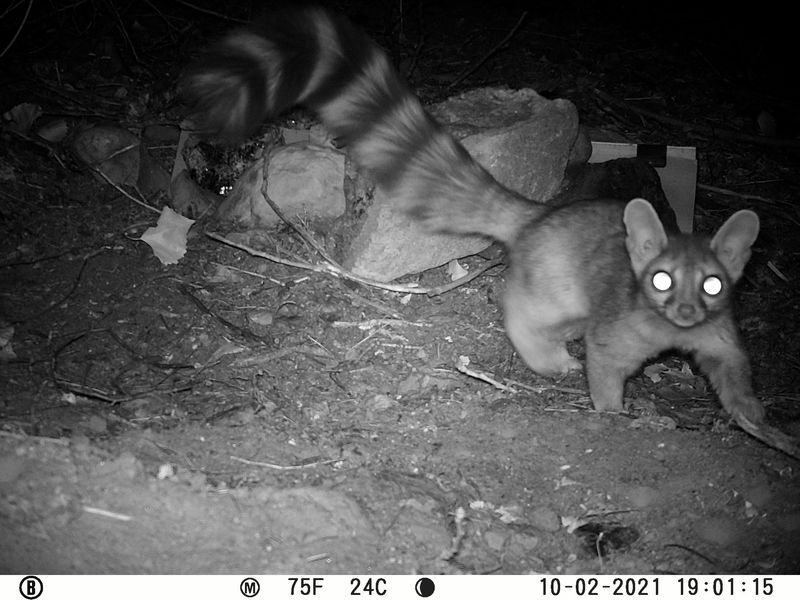
The ringtail is a nocturnal marvel, often likened to a miniature fox with a raccoon’s tail. These agile climbers are rarely seen, as they are primarily active at night. Ringtails inhabit rocky crevices and are adept hunters, preying on insects, rodents, and small birds. Their large eyes and ears provide excellent night vision and hearing. While elusive, their presence is often indicated by tracks or scat. Interesting tidbit: Ringtails are capable of rotating their hind feet 180 degrees, aiding their climbing prowess!
Zion Snail
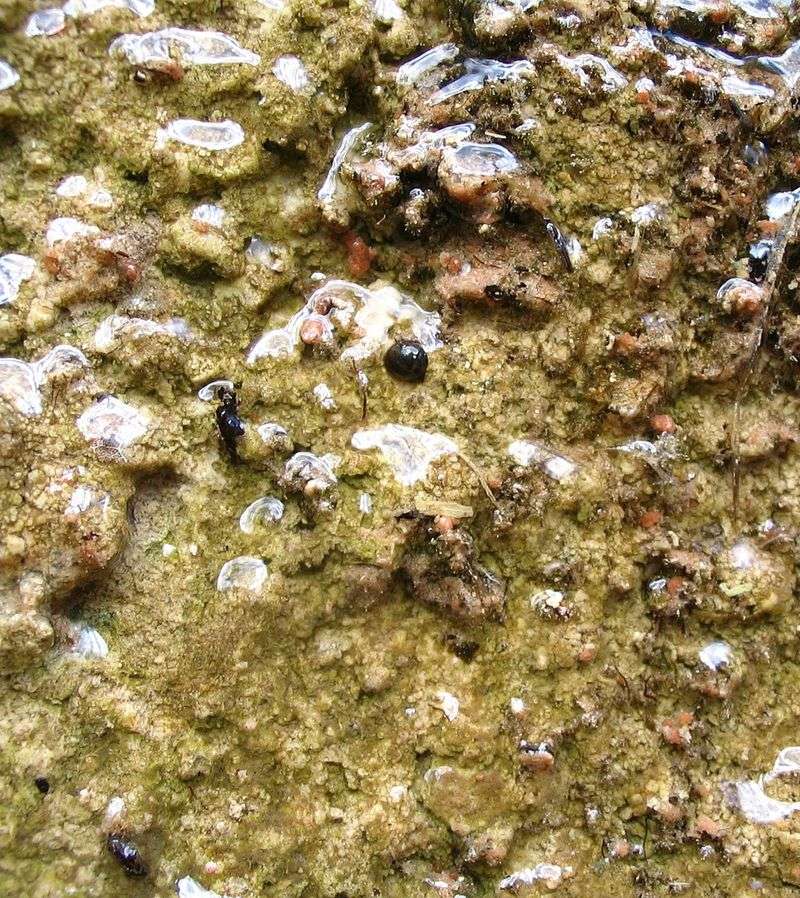
The Zion snail, unique to Zion National Park, is a tiny creature with a big story. Endemic to the park, this small snail thrives in the moist environments of the canyon walls. Its presence is a testament to the park’s diverse microhabitats. The snail’s delicate shell and slow movements make it a fascinating subject for nature enthusiasts. Observing these snails requires a keen eye and patience. Did you know? The Zion snail is part of an ancient lineage, with ancestors dating back millions of years!
American Dipper
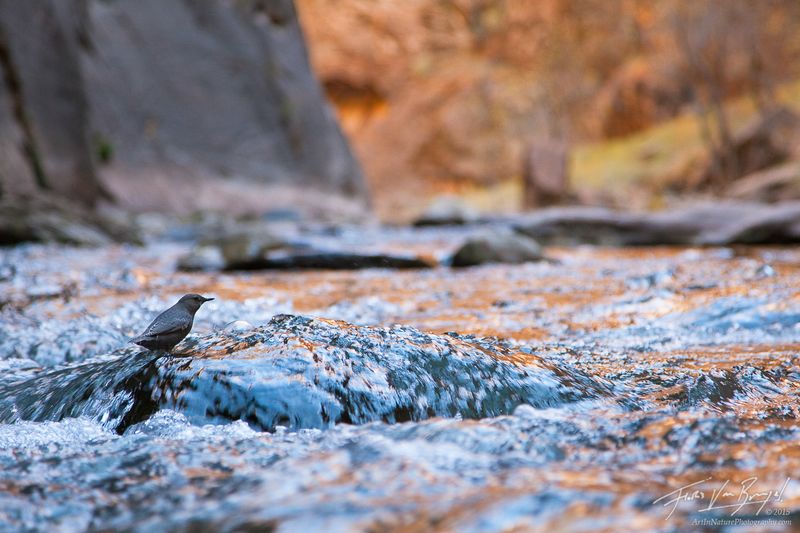
The American dipper, a charming bird known for its aquatic antics, thrives in the flowing streams of Zion. Often seen bobbing along riverbanks, these slate-colored birds are expert divers, using their wings to ‘fly’ underwater in search of insects. The dipper’s unique behavior and melodic song make it a favorite among birdwatchers. Despite their small size, they are incredibly resilient, enduring harsh winter conditions. Fun fact: American dippers have an extra eyelid, called a nictitating membrane, to protect their eyes while submerged!
Desert Cottontail
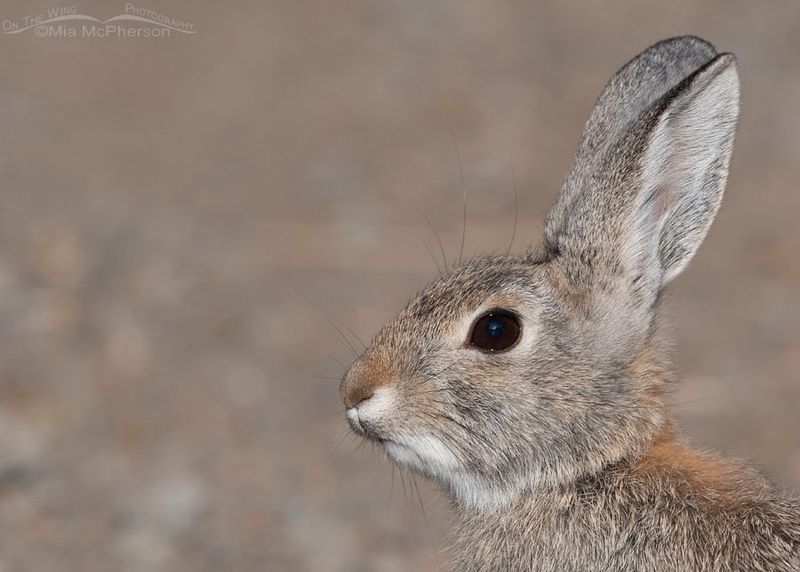
The desert cottontail is a familiar sight in Zion’s arid landscape. These rabbits are known for their large, expressive eyes and fluffy white tails, which flash as they hop away. Desert cottontails are crepuscular, being most active during the cooler hours of dawn and dusk. They feed on grasses, shrubs, and cacti, obtaining most of their water from their food. Visitors may spot them darting between bushes or resting in the shade. Did you know? Desert cottontails use their keen sense of smell and hearing to detect predators!
Red-tailed Hawk
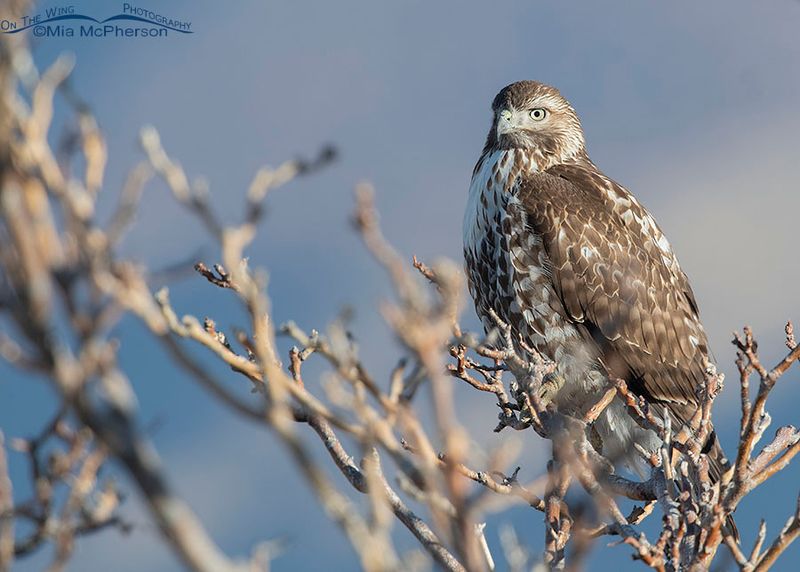
The red-tailed hawk, a master of the skies, is a common resident of Zion National Park. With its keen eyesight, this raptor is an adept hunter, preying on small mammals and birds. The hawk’s distinctive red tail is easily recognizable against the vast blue sky. Observers often witness their graceful flight and hear their iconic screech echoing through the canyons. Red-tailed hawks are known for their monogamous pairs, often seen hunting or soaring together. Fun fact: These hawks can spot a mouse from a mile away!
Turquoise Blue Damselfly

The turquoise blue damselfly adds a splash of color to Zion’s waterways. These slender insects, with their iridescent bodies and gossamer wings, are a delight to observe as they flit about. Damselflies are closely related to dragonflies but can be distinguished by their narrower bodies and the way they hold their wings at rest. They play a vital role in controlling mosquito populations, feeding on these pests as well as other small insects. Did you know? Damselflies have been around for over 300 million years, predating even the dinosaurs!
Prairie Falcon
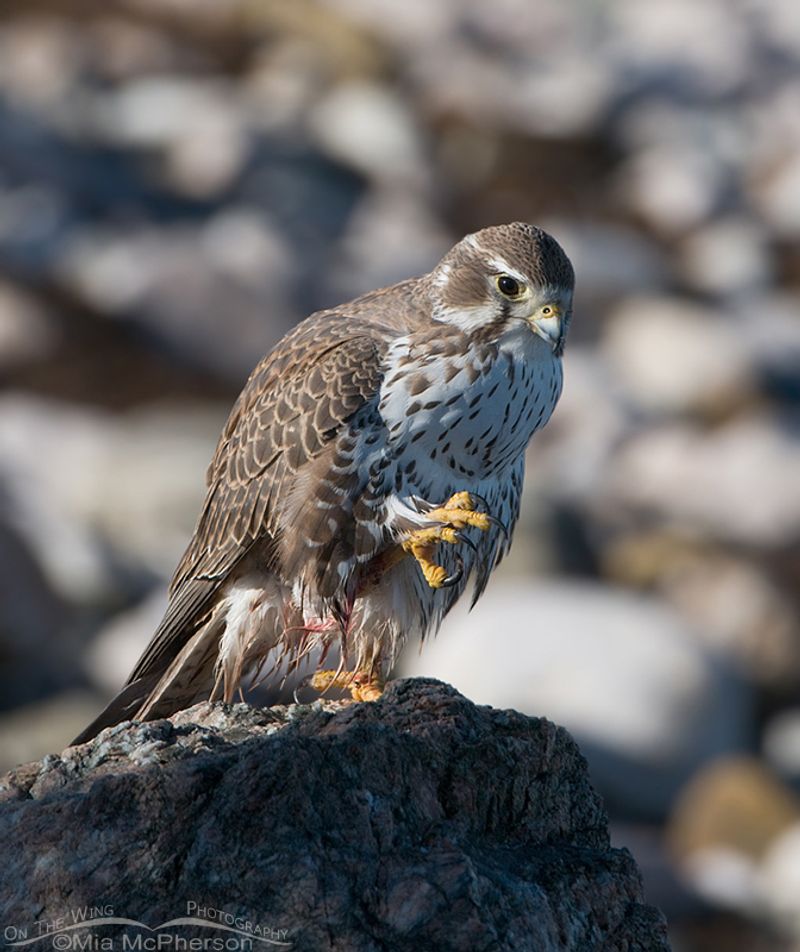
The prairie falcon, a swift and agile predator, commands the skies of Zion. Known for their incredible speed and precision, these falcons hunt birds and small mammals. With their sandy-colored plumage, they blend seamlessly into the desert landscape. Prairie falcons are most active during the day, often spotted soaring high above the canyons. Their impressive aerial displays are a testament to their hunting prowess. Fun fact: Prairie falcons can reach speeds of up to 240 mph when diving to catch prey!
Yellow-bellied Marmot
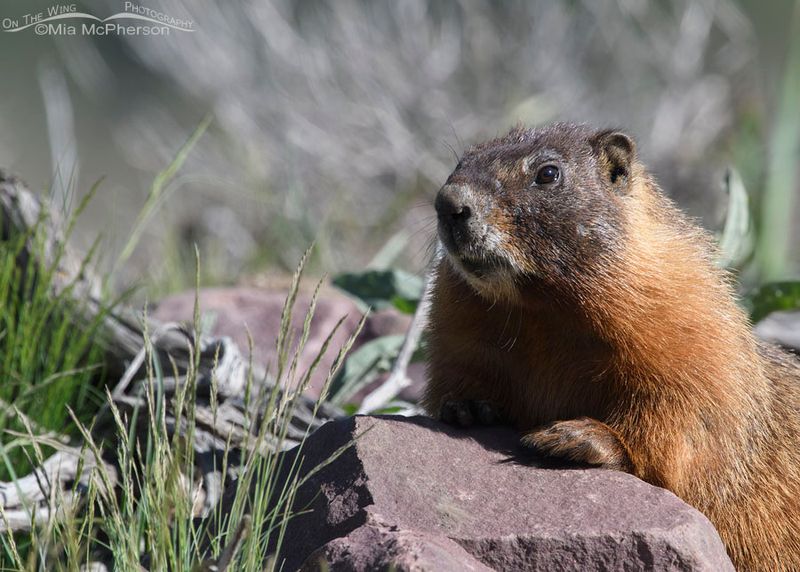
The yellow-bellied marmot, often referred to as a ‘rock chuck,’ is a familiar resident of Zion’s rocky terrain. These large, burrowing rodents are known for their thick fur and social behavior. Marmots hibernate during the winter, emerging in spring to feast on grasses and wildflowers. They are often seen basking in the sun or standing on their hind legs to survey their surroundings. Marmots communicate with a series of whistles and calls. Did you know? Yellow-bellied marmots are considered the largest true hibernators, spending up to eight months asleep!
White-throated Swift
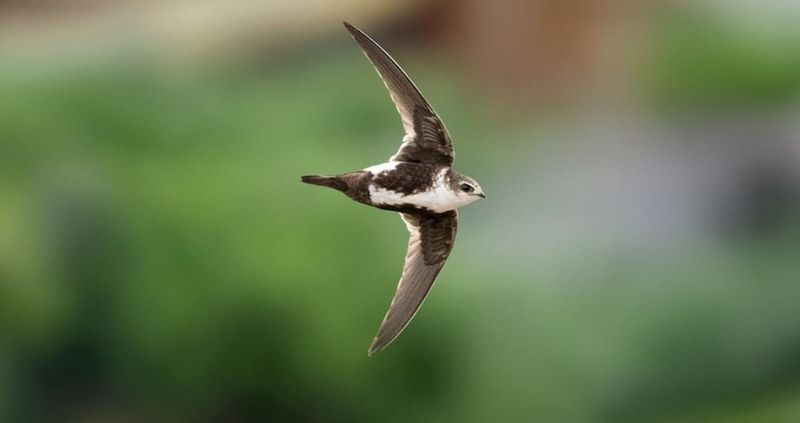
The white-throated swift is a marvel of aerial agility. These birds are expertly adapted for high-speed flight, with streamlined bodies and long wings. They spend most of their time in the air, catching insects on the wing. Swifts are social creatures, often seen in flocks performing synchronized maneuvers. Their distinctive white throat and underparts make them easily identifiable against the sky. Observing their acrobatics is a treat for visitors. Fun fact: White-throated swifts can fly at speeds exceeding 200 mph during their rapid dives!
Zion Canyon Tree Frog
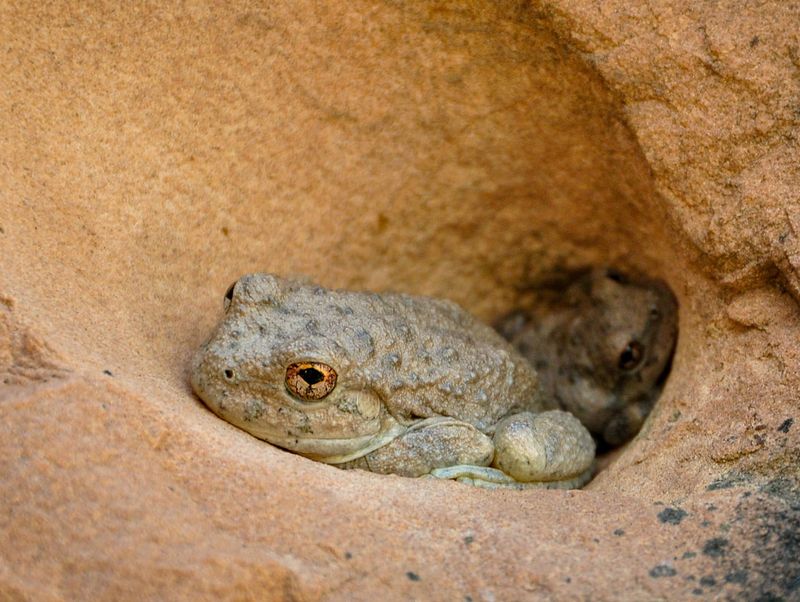
The Zion Canyon tree frog, with its vibrant green skin, is a master of camouflage. These small amphibians are often found near water sources, blending seamlessly with the lush vegetation. Tree frogs are nocturnal, emerging at night to feed on insects. Their distinctive calls fill the air during the breeding season, creating a symphony of sound. Despite their small size, they are resilient, surviving in both wet and arid environments. Did you know? Zion Canyon tree frogs can absorb water through their skin, an adaptation critical for their survival in dry habitats!
Canyon Wren
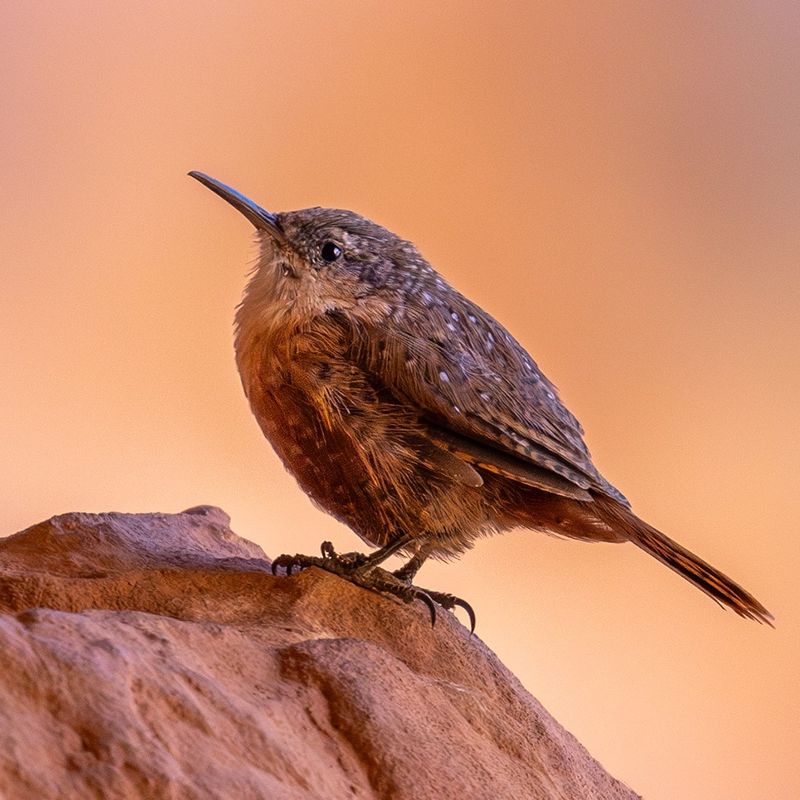
The canyon wren is known for its sweet, cascading song that echoes through Zion’s canyons. These small, russet-colored birds are often seen flitting among the rocks, searching for insects and spiders. Canyon wrens build their nests in crevices, using moss and feathers for lining. Their beautiful melodies and agile movements make them a delight to observe. Fun fact: Despite their tiny size, canyon wrens are skilled climbers, able to navigate sheer rock faces with ease!
Western Tanager
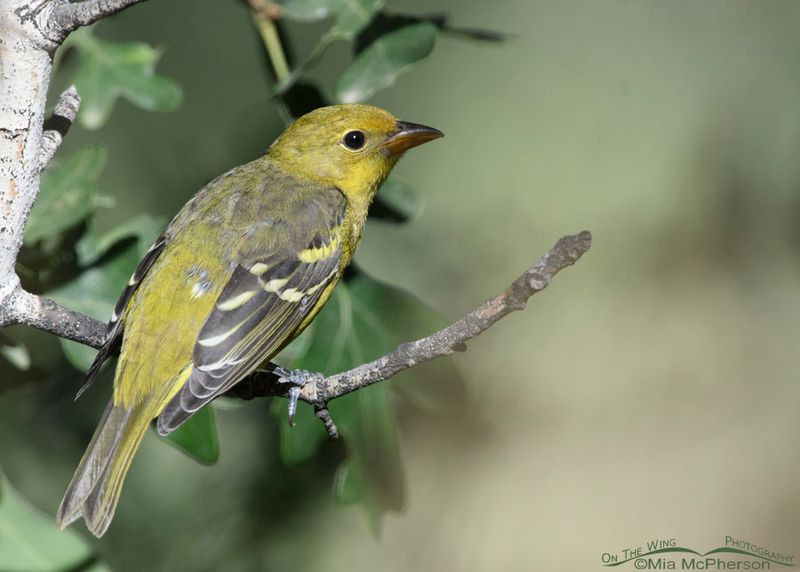
The western tanager, with its striking yellow and orange plumage, is a vibrant addition to Zion’s avian residents. These birds are often spotted flitting through the trees, feeding on insects and fruits. Males are particularly dazzling during the breeding season, displaying their vivid colors to attract mates. Western tanagers migrate from Central America to breed in North America, making their presence in Zion a seasonal delight. Did you know? The western tanager’s bright red coloring is derived from pigments found in their insect diet!
Collared Lizard

The collared lizard is a striking inhabitant of Zion, known for its vivid blue and yellow scales and distinctive black ‘collar’. These agile reptiles are active during the day, basking in the sun and hunting insects and small vertebrates. Collared lizards are capable of bipedal running, using their powerful hind legs to sprint short distances. Their bold coloration serves as a warning to predators of their speed and agility. Fun fact: Collared lizards can detach their tails to escape predators, a defense mechanism known as autotomy!

